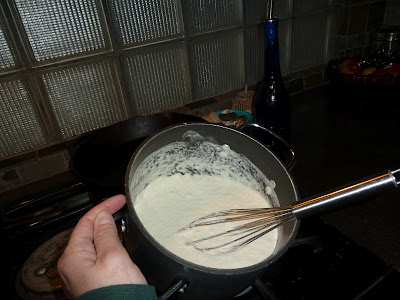My sweet little workaholics had been asking me for homework for several days (we are still in the honeymoon phase) so I made their wish my demand this week and created a homework packet that they could work on throughout the following week. It included reading, spelling, math and writing activities. For writing I gave them a similar assignment to the one my friend gave me. I asked them to collect 10 reading materials from around their house. It could be books, magazines, newspapers, cookbooks, you name it. They had to turn to page 5 and record the 3rd sentence. My plan is to use these sentences as future writing prompts and homework assignments.
Here are some of their "found" sentences.
 |
| Graphics by DJ Inkers @ djinkers.com |
"No electric blankets."
Rainbow Shiner, lookin' sharp.
"Why don't you go play with squirrel?
"Aha!"
The hard, woody stem is called a tree trunk.
The black widow is one of the few North American spiders whose bite can hurt humans.
I think they will make for some great writing prompts...
And just a little aside, I looked up International Book Week because another friend of mine questioned whether or not this was legitimate. It turns out you can host "International Book Week" whenever you want...there is no designated week. :)














































